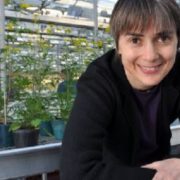
Profiles of plant scientists: Ottoline Leyser
Careers, Careers - Blog, Profiles of Plant Scientists0 Comments
/
Plant geneticist Dame Ottoline Leyser talks to Alison Woollard about the difference between working with animal and plant genomes, and her work to make science more inclusive
The Biologist 64(4) p16-19
Dame Ottoline Leyser is a professor of plant development at the University of Cambridge.…
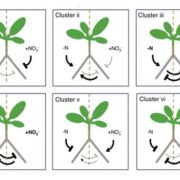
Review: Current Opinion in Plant Biology reviews plant nutrition ($)
Blog, Plant Science Research Weekly, Research, Research BlogThe October issue of Current Opinion in Plant Biology includes several articles that review various topics on the subject of plant nutrition. These span the spectrum of nutrients from trace and metal nutrients to macronutrients. The reviews also span topics such as membrane and tissue-level transport,…
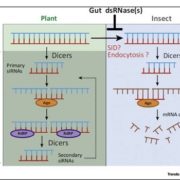
Review: Next-generation insect-resistant plants: RNAi-mediated crop protection ($)
Blog, Plant Science Research Weekly, Research, Research BlogInsects compete directly with people for the energy and nutrients contained in plant matter, so it’s crucial for future food security to develop safe, effective and inexpensive means to control insect pests on crop plants. Zhang et al. review progress in using plant-mediated RNA interference (RNAi)…
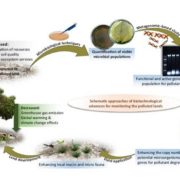
Review: Biotechnological advances for restoring degraded land for sustainable development ($)
Blog, Plant Science Research Weekly, Research, Research BlogOne of the challenges of future food security is to feed a growing population without further impinging on undisturbed ecosystems, which is a primary goal of efforts to increase yields. At the other end of the equation, Tripathi et al. address opportunities to recover degraded lands for sustainable development.…
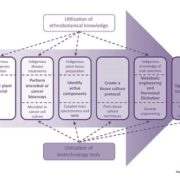
Ethnophytotechnology: Harnessing the power of ethnobotany with biotechnology ($)
Blog, Plant Science Research Weekly, Research, Research BlogDe la Parra and Quave describe the fascinating intersection of ethnobotany and biotechnology, which they define as ethnophytotechnology: “the use of plant biotechnology to improve or enhance the inherent economic or culturally valuable traits of plants as described and influenced by ethnobotany". They…

Forum: Carbon concentration in algae: Reducing CO2 from exhaust gas ($)
Blog, Plant Science Research Weekly, Research, Research BlogElectricity-generating power plant produce CO2, and industrial and household waste water contains inorganic nutrients that can pollute waterways. What if both of these pollutants could be put to good use, for example in a growth medium for biofuel-producing algae? Ghosh and Kirin describe the feasibility…
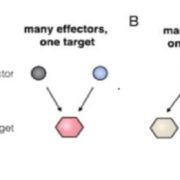
Review: Lessons in effector and NLR biology of plant-microbe systems
Blog, Plant Science Research Weekly, Research, Research BlogTwo of the key players in the plant-pathogen interaction are the effectors produced by pathogens (that “modulate plant physiology to favor host infection and colonization”) and the plant immune receptors (including NLR proteins: nucleotide-binding domain and leucine-rich repeatcontaining) that are…
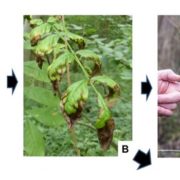
Ash dieback epidemic in Europe: How can molecular technologies help?
Blog, Plant Science Research Weekly, Research, Research BlogThe fungal pathogen Hymenoscyphus fraxineus that infects European ash (Fraxinus excelsior) has caused a huge epidemic and cost millions of trees their lives. Downie describes the employment of molecular techniques to trace the origin of the fungus in Europe, and describes how the fungal life cycle…
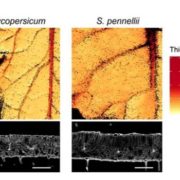
Genetic architecture and molecular networks underlying leaf thickness in desert-adapted tomato
Blog, Plant Science Research Weekly, Research, Research BlogPlants with thicker leaves are better able to retain water and deal with water-limiting conditions. Coneva et al. explored the genetic basis for leaf thickness by comparing introgression lines of cultivated tomato (Solanum lycopersicum) and a species adapted to the desert (Solanum pennillii). They found…

